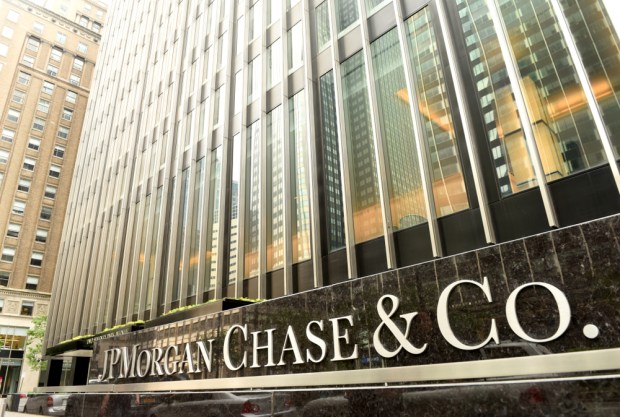Chase Active Mobile Users Hit 33.3M

In what is becoming what seems to be a familiar theme as banks report earnings, trading revenues plummeted at the end of last year, but other drivers remained intact.
As noted by JPMorgan on Tuesday morning (Jan. 15), earnings for the fourth quarter of 2018 came in at $1.98 a share, which missed the roughly $2.20 a share expected and as noted by The Wall Street Journal. The earnings miss is the first one for the banking giant in almost four years.
As far as trading revenues were concerned (and echoing Citi’s report earlier this week), they were down 5.7 percent in the latest period from nearly $3.3 billion, and that came as fixed income revenues slid 16 percent. Rising interest rates helped boost results for the consumer lending business and credit cards, while perhaps predictably, the mortgage lending business slipped, off 30 percent from last year’s $24.4 billion. Home lending was off by 8 percent from $1.4 billion.
But it was in consumer and community banking that the company showed traction, and where revenues of $13.7 billion were up 13 percent, driven by higher net interest income on deposit and card balances, and where balances grew as well.
Supplemental materials show that card, merchant services and auto loans were up $735 million year over year, to $5.8 billion. Credit costs, the company said, were up $117 million year on year, and the net card chargeoff rate was down four basis points to 2.93 percent, while JPMorgan said that chargeoff rates in cards were higher – and management stated on the earnings call with analysts that the credit environment is still benign. Still, at least some actions reflect anticipation of possible scenarios where losses may accrue.
The company said it had set aside $1.5 billion in the period as a reserve against some loans, tied to credit card and commercial portfolios, and is a bit higher than the $1.4 billion in loan loss reserves taken in the corresponding quarter last year.
Deposit margins, overall, were higher at 2.55 percent, versus 2.06 percent a year ago.
Looking at the drivers tied to the card business, average loans on the books were $150 billion. Credit card sales were up 10 percent to $185.3 billion in the latest period, while merchant processing volume gained 17 percent to $375 billion.
The company said that average mobile customers were up 11 percent to 33.3 million in the latest period. Total active digital customers were 49.3 million, up from 46.7 million.
Other data shows that as digital efforts continued, the number of bank branches continued to slide, to just over 5,000, down from 5,130 last year.
